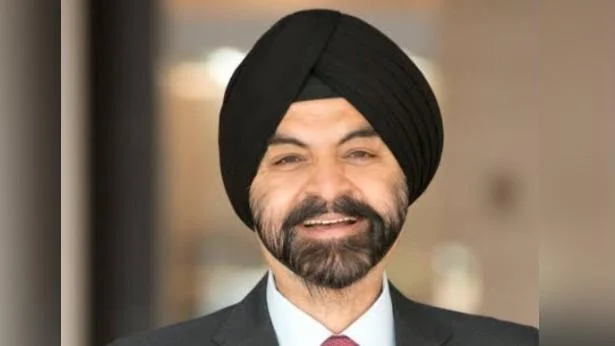Gujri Devi Ban is from Aurahi Rural Municipality, Dhanusha, in Nepal’s Madhesh Province. She has been part of the temporary employment program under the Youth Employment Transformation Initiative (YETI) Project since 2021. She is currently employed in the construction and maintenance of gardens around the Aurahi Rural Municipality offices.
Gujri shares that she and her daughter-in-law veiled their heads and confined themselves to household chores for a long time except for occasional agricultural work. “In our community in the southern plains of Nepal, married women are traditionally expected to stay at home, do household works and not interact with people outside, especially men,” says Gujri.
Gujri’s husband and two sons used to work as laborers on construction sites. However, it could never provide a steady income to sustain the family of six. They earned most of their income during harvest seasons until opportunities became scarce with the growing use of machines for harvesting and processing crops by landowners. In her search for work, Gujri learned about the temporary employment program under YETI.
When she consulted her family, they tried to discourage her from joining. Regardless of the disapproval, she applied and got selected. As she started to earn money, the financial situation and overall atmosphere of the family improved.
She has also helped many other women from her community apply for this program for the coming year. “This program has provided me a source of income and a sense of purpose,” adds Gujri.
Buddha Ratna Boju, 35, lives in Liwani, Bhaktapur Municipality on the outskirts of Kathmandu Valley in Nepal. He used to sustain his family of eight as a farmer growing rice, wheat, and seasonal vegetables. Things changed after the 2015 earthquake destroyed Buddha’s home.
Prior to joining the temporary employment program supported by YETI Project, Buddha occasionally worked as a laborer at construction sites. He struggled to get stable income opportunities due to lack of required education and skills.
Buddha learned about YETI Project through the local government’s Ward office. He signed up for the temporary employment program in 2021 and completed the allocated 100 workdays.
"Many young men of our community tend to choose other jobs far away from home or go abroad in a bid to earn higher wages,” says Boju.” I chose to work in this program because I find bliss in working for my community and staying close to my family," he adds.
Buddha is the only male in his ten-member group of workers. Together they have helped maintain roads, footpaths, and gardens in Liwani. He feels glad to see changes brought about by his work in maintaining local infrastructure. He earns Rs 600 (about $6) per day that he spends on daily essentials and his children's education.
Buddha is grateful for the work that YETI Project has provided him and is determined to continue working hard. He wishes that wage rates were higher given perpetual price hikes on daily commodities.
Gujri Devi Ban and Buddha Ratna Boju are two of 135,000 beneficiaries of YETI Project being implemented by Nepal’s Ministry of Labor, Employment, and Social Security financed by World Bank Group’s International Development Association (IDA).
The YETI project helps strengthen Nepal government’s Prime Minister Employment Program focusing on improving employment services and labor market outcomes for youth especially women from poor marginalized communities.
During COVID pandemic YETI project provided temporary employment support an additional 44 thousand people who had lost employment
The YETI project also supports strengthening systems longer-term provision employment services through service centers all local levels National Employment Management Information System (NEMIS).

